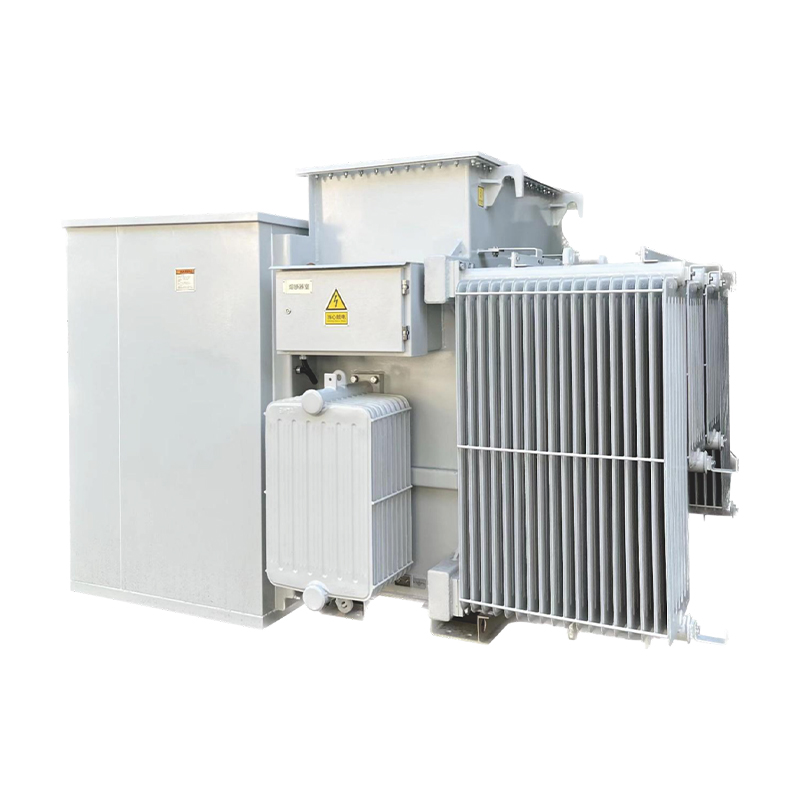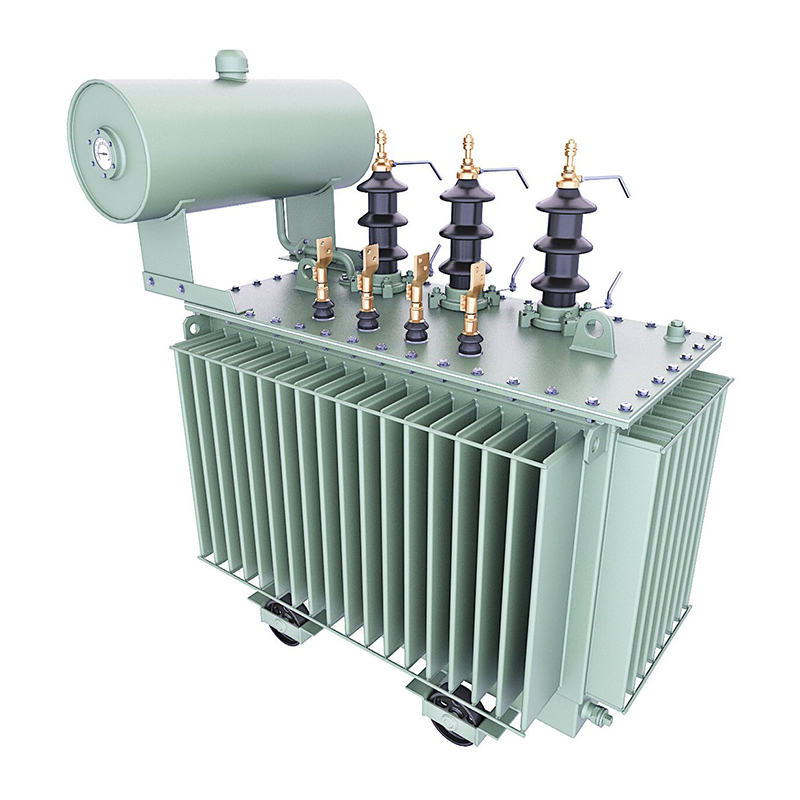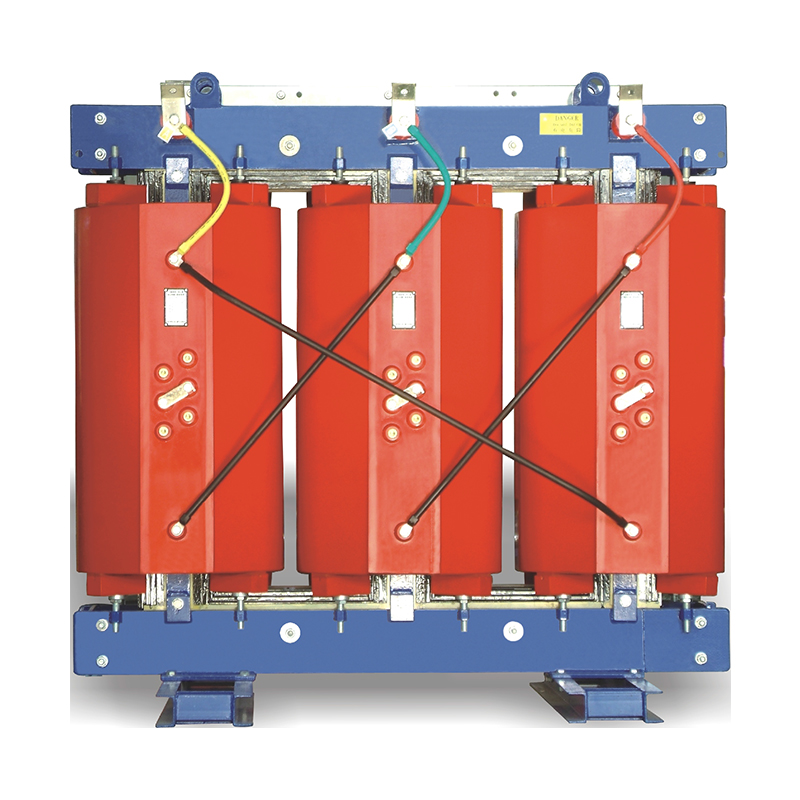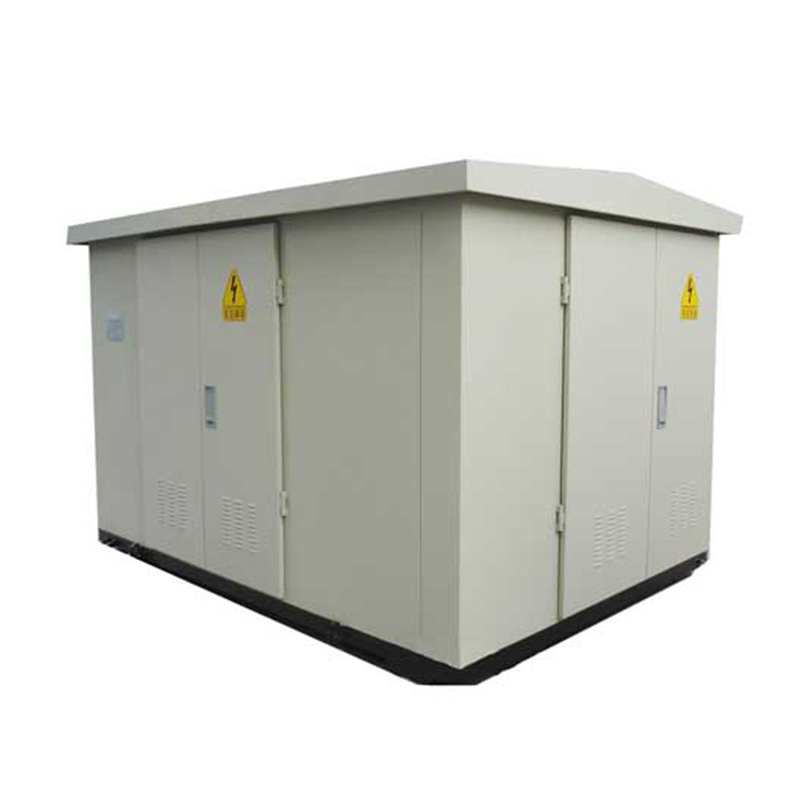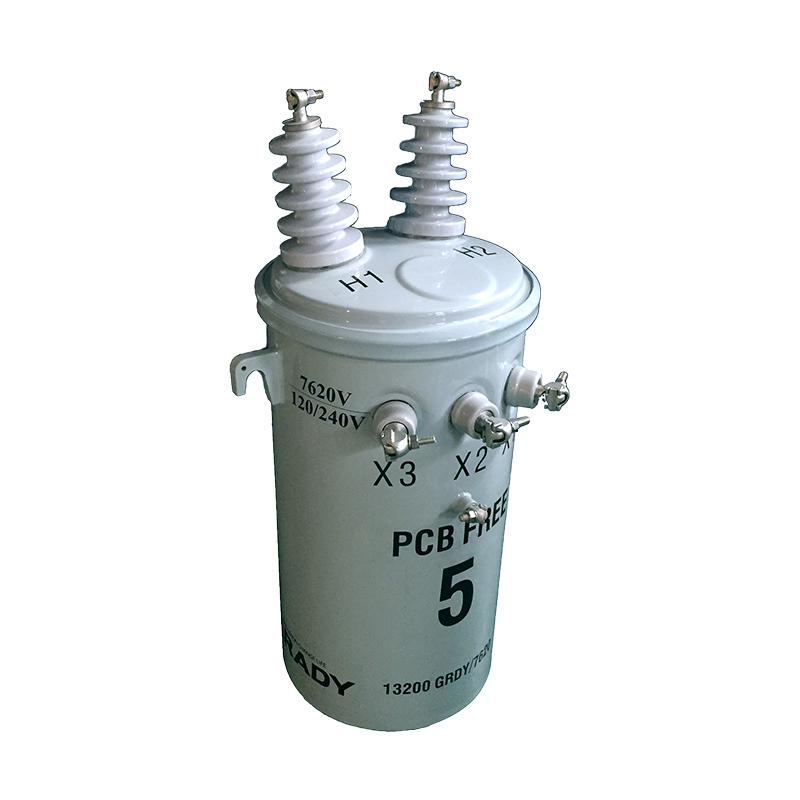Power Transformer Preventive Testing: Projects and Periodic Standards
Objective: This test aims to check the integrity of the transformer windings, detect any loose connections, or identify potential winding defects like short - circuits. Uneven winding resistance values can indicate problems in the winding structure or connections, which may lead to abnormal heating and reduced efficiency.
Testing Method: Usually, a precision resistance measuring instrument, such as a digital micro - ohmmeter, is used. The instrument is connected to the transformer windings, and the resistance values of each phase are measured. For three - phase transformers, the resistance values of the three phases are compared.
Acceptance Criteria: According to standards like IEC 60076 - 1, the difference in resistance values between phases should be within a certain range. For example, for power transformers, the difference between the maximum and minimum resistance values of the three phases should generally not exceed 2% of the average value. This helps to ensure balanced operation of the transformer.
Objective: The voltage ratio measurement verifies the turns ratio of the transformer windings, which is crucial for ensuring proper voltage transformation. Connection group verification checks the phase relationship between the primary and secondary windings, ensuring correct connection and compatibility with the power system. Incorrect voltage ratios or connection groups can cause power quality issues, improper operation of connected equipment, and potential damage to the transformer itself.
Testing Method: A voltage ratio tester is employed. It applies a known voltage to the primary winding and measures the corresponding voltage on the secondary winding. For connection group verification, specialized testers use vector analysis techniques to determine the phase relationship.
Acceptance Criteria: The measured voltage ratio should be within the tolerance specified by the manufacturer, typically within ±0.5% to ±1% depending on the transformer type and application. The connection group should match the design specifications precisely, as any deviation can lead to serious operational problems in the power system.
Objective: Insulation resistance testing assesses the integrity of the transformer's insulation system. A high - resistance value indicates good insulation, while a low value may suggest insulation degradation, moisture ingress, or contamination. Maintaining proper insulation is vital to prevent electrical breakdowns, which can cause outages and damage to the transformer and other equipment in the power system.
Testing Method: A megohmmeter is used for this test. It applies a DC voltage (usually 500V, 1000V, 2500V, or 5000V depending on the transformer's voltage class) between the windings and the ground, as well as between different winding pairs. The resistance value is measured after a certain charging time, typically 1 minute.
Acceptance Criteria: The insulation resistance value should be above a minimum threshold. For example, for a 10 - kV power transformer, the insulation resistance between the windings and the ground should be at least several hundred megohms. However, the actual value also depends on factors such as the transformer's age, operating conditions, and the temperature at the time of testing. Comparison with historical data is also important, and a significant decrease in insulation resistance over time may indicate a problem.
Objective: Measuring the dielectric loss factor (tan δ) and capacitance helps to evaluate the quality of the insulation material. An increase in tan δ can indicate insulation deterioration, such as the presence of moisture, partial discharges, or aging of the insulation. Capacitance measurement can also detect changes in the insulation structure.
Testing Method: A dielectric loss tester, such as a Schering bridge or a modern digital dielectric loss analyzer, is used. The tester applies an AC voltage at a specific frequency (usually 50Hz or 60Hz) and measures the dielectric loss and capacitance values.
Acceptance Criteria: The acceptable values of tan δ vary depending on the transformer type and voltage class. For example, for oil - immersed power transformers, the tan δ value at the rated voltage should generally be less than 0.5% to 2% (the specific value depends on the voltage level and insulation system). The capacitance value should be within the range specified by the manufacturer or be consistent with historical data.
Objective: In oil - immersed transformers, the insulation oil plays a crucial role in insulation and cooling. Insulation oil testing checks the quality of the oil, including its dielectric strength, moisture content, acidity, and dissolved gas analysis (DGA). Degraded oil can lead to reduced insulation performance and potential transformer failures.
Testing Method:
Dielectric Strength: A dielectric strength tester is used to measure the voltage at which the oil breaks down. The oil sample is placed between two electrodes, and the voltage is gradually increased until breakdown occurs.
Moisture Content: Moisture in the oil can be measured using a Karl Fischer titrator or a moisture - in - oil analyzer. These instruments can accurately determine the amount of water present in the oil sample.
Acidity: The acidity of the oil is determined by titration methods, where a standard base is used to neutralize the acidic components in the oil sample, and the acidity is calculated based on the amount of base consumed.
Dissolved Gas Analysis (DGA): DGA is a more advanced test that analyzes the types and concentrations of gases dissolved in the oil. Gas chromatography is commonly used for this purpose. Different types of faults in the transformer, such as overheating, partial discharges, and arcing, can cause specific gases to be generated and dissolved in the oil.
Acceptance Criteria:
Dielectric Strength: The dielectric strength of the insulation oil should be above a minimum value, typically around 30 - 40 kV/mm for new oil, and should not fall below a certain limit during the transformer's service life.
Moisture Content: The moisture content in the oil should be kept as low as possible. For example, for power transformers operating at high voltages, the moisture content should be less than 10 - 30 ppm (parts per million), depending on the voltage class.
Acidity: The acidity of the oil should be within the specified limits, usually expressed in terms of mgKOH/g (milligrams of potassium hydroxide per gram of oil). A typical limit for new oil is around 0.03 mgKOH/g, and an increase in acidity over time may indicate oil degradation.
Dissolved Gas Analysis (DGA): The concentrations of various gases in the oil should be below the alarm levels specified by standards. For example, the concentration of hydrogen (H₂) should generally be less than 150 ppm, and the concentrations of other fault - indicating gases such as methane (CH₄), ethane (C₂H₆), ethylene (C₂H₄), and acetylene (C₂H₂) should also be within safe limits. Abnormal increases in these gas concentrations can indicate the presence of internal faults in the transformer.
Objective: The core and clamp of a transformer are usually grounded to ensure electrical safety. This inspection checks the integrity of the grounding connection, as a poor or broken grounding can lead to floating potentials, which may cause electrical discharges and damage to the transformer.
Testing Method: Visual inspection is first carried out to check for any visible signs of damage or looseness in the grounding conductors. Then, a grounding resistance tester is used to measure the resistance of the grounding path.
Acceptance Criteria: The grounding resistance should be very low, typically less than 0.1 ohms. A higher resistance value may indicate a problem with the grounding connection, and appropriate corrective actions should be taken.
Objective: Winding deformation can occur due to short - circuit currents, mechanical vibrations, or transportation - related impacts. This testing aims to detect any deformation in the transformer windings, as deformed windings can lead to changes in the electrical characteristics of the transformer, such as increased leakage reactance and potential insulation failures.
Testing Method: Frequency response analysis (FRA) is a commonly used method for winding deformation testing. It involves applying a swept - frequency signal to the transformer windings and measuring the frequency response. The obtained frequency response curve is then compared with a reference curve (usually from when the transformer was new or in a known good condition). Changes in the shape or magnitude of the frequency response curve can indicate winding deformation.
Acceptance Criteria: The frequency response curves should closely match the reference curve. Deviations in specific frequency bands, such as changes in the resonance frequencies or the amplitude of the response, are analyzed. If the deviation exceeds a pre - determined tolerance level (which is usually based on industry experience and standards), further investigation and possible repair of the transformer windings may be required.
Low - Voltage Transformers (up to 1 kV): For low - voltage transformers used in distribution systems or industrial applications, the preventive testing period is relatively longer. Insulation resistance testing can be carried out annually, while more comprehensive tests such as winding resistance measurement and voltage ratio verification can be done every 3 - 5 years.
Medium - Voltage Transformers (1 - 35 kV): Medium - voltage transformers, which are widely used in distribution networks, typically require more frequent testing. Insulation resistance testing should be performed at least once a year. Winding resistance measurement, voltage ratio measurement, and connection group verification can be carried out every 2 - 3 years. Insulation oil testing (for oil - immersed transformers) should be done annually or biennially, depending on the operating conditions.
High - Voltage Transformers (above 35 kV): High - voltage transformers are critical components in the power transmission system. For these transformers, more stringent testing schedules are followed. Insulation resistance testing is usually done quarterly or semi - annually. Dielectric loss factor (tan δ) and capacitance measurement, as well as winding resistance measurement and voltage ratio verification, are carried out annually. Insulation oil testing, including DGA, is also performed annually. Winding deformation testing can be carried out every 3 - 5 years or more frequently if there have been significant short - circuit events in the power system.
Newly Installed Transformers: Newly installed power transformers should undergo a comprehensive set of tests before being put into service. These tests include all the preventive testing projects mentioned above, and the results should meet the manufacturer's specifications and relevant standards. After commissioning, an initial baseline test is often carried out within the first few months of operation to establish a reference for future testing.
Transformer Overhauls: When a transformer undergoes a major overhaul, such as replacement of windings, core, or insulation components, a full set of preventive tests should be performed after the overhaul. The testing results should be compared with the pre - overhaul data and the manufacturer's specifications to ensure that the transformer is in good working condition before being re - energized.
Relatenews
- Architecture Design of IoT-Based Monitoring System for Power Transformers 2025-09-05 15:27:00
- Judgment Standards and Oil Change Process for Power Transformer Oil Deterioration 2025-09-05 15:23:00
- Design and Mechanical Strength Verification of Short-Circuit Withstand Capability for Power Transformers 2025-09-05 15:19:00
- The Role of Power Transformers in Voltage Regulation within Power Systems 2025-08-25 08:14:00
- Environmental Regulations and Technical Measures for Power Transformer Noise Control 2025-08-25 08:12:00
- The Application of Big Data Analytics in Power Transformer Fault Prediction 2025-08-25 08:11:00
- Impact of Distributed Generation Integration on Load Characteristics of Power Transformers 2025-08-16 09:43:00
- Conditions and Protection Coordination Strategies for Parallel Operation of Power Transformers 2025-08-16 09:42:00





